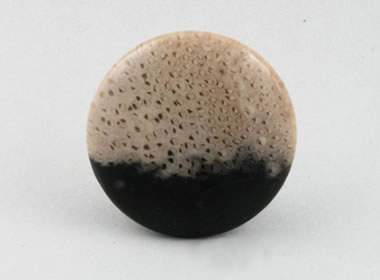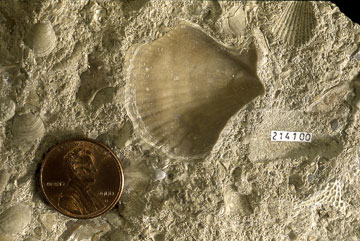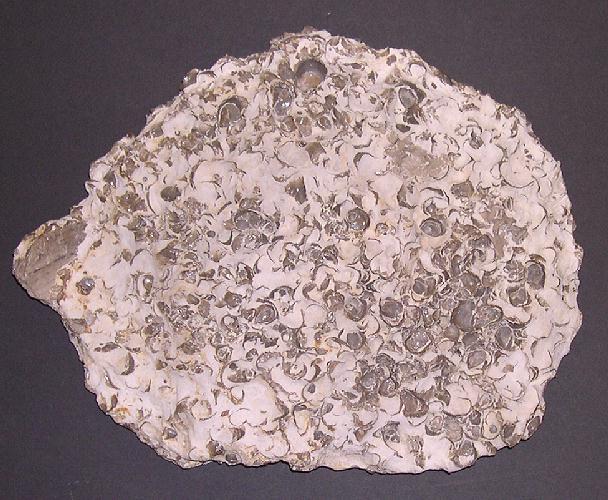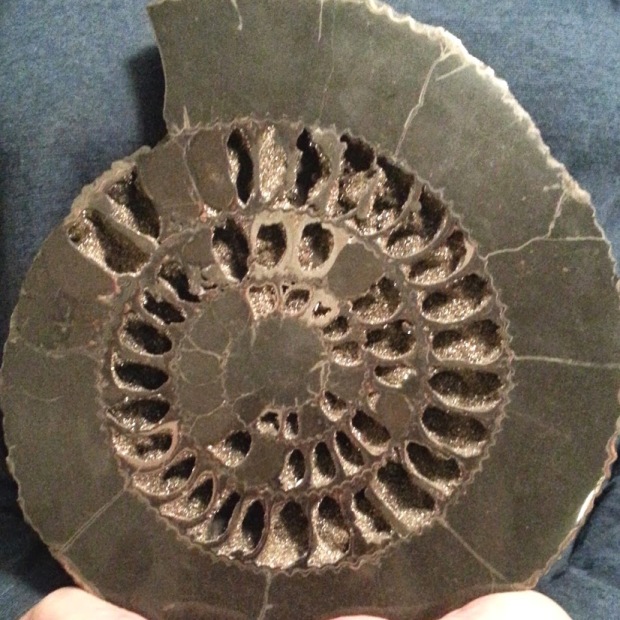Reblogged from ESCONI (Earth Science Club of Northern Illinois): When we say we enjoy finding fossils in our own backyard, we are usually speaking metaphorically. Eric Witcke means it literally. He and neighbor Daniel LaPoint were excavating a backyard pond at his home in Bellevue Township, Michigan, when they unearthed a paleontological treasure. They called in the some experts from the University of Michigan’s Museum of Paleontology and were told the 42 odd bones belonged to a 37 year old male Mastodon. The Mastodon lived between 10,000 and 14,000 years ago.
Daniel Fisher, the director of the U of M museum, has made two trips to confirm and examine the Bellevue Township find.
He said there have been a total of about 330 confirmed mastodon bone discoveries in Michigan — but just two in the last year. Most of the bones have been found in the southern half of the lower peninsula. Sometimes people find just a tooth or tusk.
LaPoint and Witzke’s collection includes several rib bones, leg, shoulder and hip bones, the base of a tusk and pieces of the animal’s vertebrae.
Fisher has spent several hours looking through what they found and believes the mastodon was a 37-year-old male.
“Preliminary examination indicates that the animal may have been butchered by humans,” said Fisher. Bones show what look like tool marks, in places.
The bones are between 10,000 and 14,000 years old. Fisher said once they’ve been donated to the museum the exact age will likely be narrowed to within 200 or 300 years.
The full story is here.
















